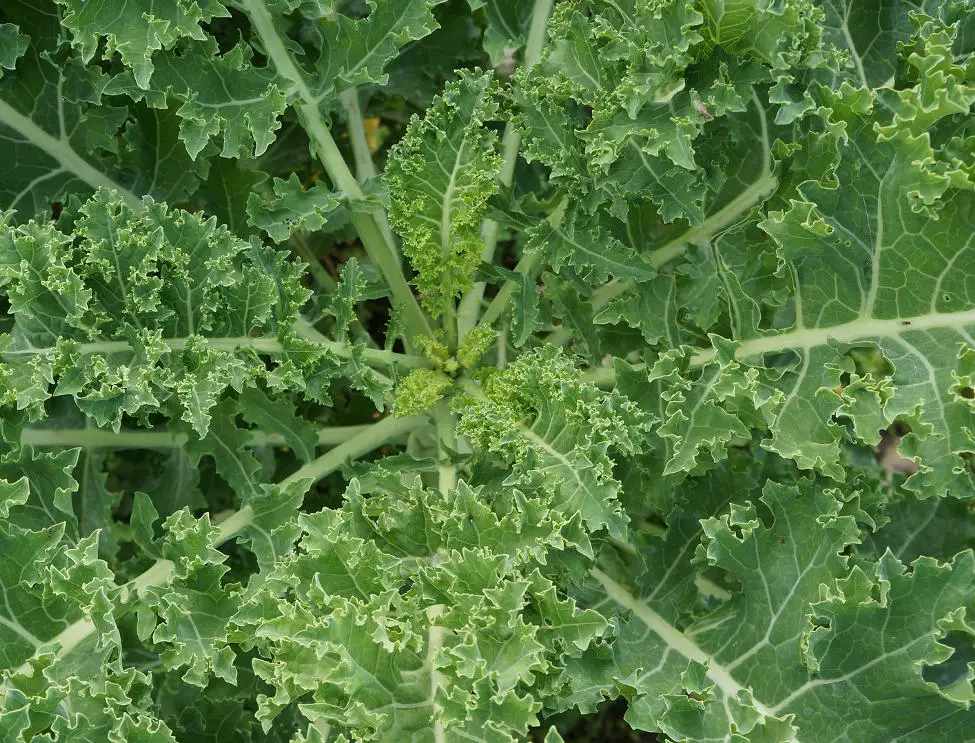Growing kale at home is a rewarding venture, and the secret to a thriving kale garden lies in the art of companion planting. In this beginner-friendly guide, we’ll explore the concept of companion planting and introduce you to the ideal allies that can enhance the growth, flavour, and overall health of your kale. Join us on this journey to discover the best companion plants for kale, creating a harmonious and flourishing garden right at your doorstep.
Unveiling the Magic of Companion Planting
Companion planting is a gardening technique where specific plants are strategically placed to support and benefit each other. For kale, the right companions can deter pests, enhance soil fertility, and maximize overall productivity. Let’s explore the best companion plants for kale, making your gardening experience enjoyable and fruitful.
Tomatoes: A Sturdy Support System
Benefits of Tomatoes:
- Tomatoes provide structural support for kale.
- Kale helps repel pests that commonly affect tomatoes.
Tomatoes and kale share a mutually beneficial relationship. While tomatoes offer structural support for the sprawling kale leaves, kale reciprocates by helping repel pests that commonly affect tomatoes. This dynamic duo not only enhances the visual appeal of your garden but also contributes to a healthier and more productive growing environment.
Nasturtiums: Natural Pest Deterrents
Nasturtium Advantages:
- Nasturtiums deter pests that commonly affect kale.
- Kale provides shade for the delicate flowers of nasturtiums.
Nasturtiums act as natural pest deterrents, making them excellent companions for kale. These vibrant flowers release compounds that repel pests harmful to kale, creating a protective barrier. In return, kale provides a shade canopy for the delicate nasturtium flowers, fostering a mutually beneficial and aesthetically pleasing partnership.
Onions: Soil Enrichment and Pest Control
Onion Contributions:
- Onions deter pests that may affect kale.
- Kale helps suppress weeds around onion plants.
Onions and kale form a robust partnership in the garden. Onions release compounds that deter pests harmful to kale, offering a natural layer of protection. In return, kale’s dense foliage helps suppress weeds around the base of onion plants, creating a harmonious and space-efficient gardening environment.
Cabbage Family: Companionable Kinship
Cabbage Family Harmony:
- Members of the cabbage family, like broccoli and cauliflower, share similar growth requirements with kale.
- Interplanting cabbage family members helps reduce the risk of specific pests and diseases.
Kale shares a familial bond with other members of the cabbage family, such as broccoli and cauliflower. These plants have similar growth requirements, making them ideal companions. Interplanting kale with other cabbage family members helps reduce the risk of specific pests and diseases that target these crops, fostering a supportive and kinship-based garden ecosystem.
Beans: Nitrogen Fixers and Ground Cover
Bean Benefits:
- Beans are nitrogen-fixing plants, enhancing soil fertility for kale.
- The sprawling nature of beans acts as a natural ground cover, reducing weed competition.
Beans contribute to the overall health of the kale garden in multiple ways. As nitrogen-fixing plants, beans enrich the soil with this essential nutrient, benefiting kale’s growth. Additionally, the sprawling nature of beans acts as a natural ground cover, reducing weed competition and creating a visually appealing and efficient garden layout.
Marigolds: Pest-Repelling Beauties
Marigold Advantages:
- Marigolds release compounds that repel pests harmful to kale.
- Kale provides a visually contrasting backdrop for the vibrant marigold flowers.
Marigolds bring both beauty and functionality to the kale garden. Their vibrant flowers release compounds that repel pests detrimental to kale, acting as a natural pest repellent. Meanwhile, the kale provides a visually contrasting backdrop, creating an aesthetically pleasing and functional companion planting arrangement.
Beets: Soil Enrichers and Space Utilizers
Benefits of Beets:
- Beets enhance soil fertility through nutrient exchange.
- Interplanting beets with kale maximizes space utilization in the garden.
Beets contribute to the kale garden by enhancing soil fertility through nutrient exchange. As beets grow, their deep taproots break up compacted soil, benefiting kale’s shallow root system. Interplanting beets with kale maximizes space utilization in the garden, creating an efficient and mutually beneficial gardening environment.
Crafting a Kale Garden Symphony
Companion planting with kale opens the door to a world of gardening harmony. Each companion plant plays a unique role in creating a balanced and thriving garden ecosystem. As a beginner gardener, incorporating these companions into your kale garden not only enhances the health and productivity of your crops but also introduces you to the art and joy of cultivating a diverse and harmonious garden.
